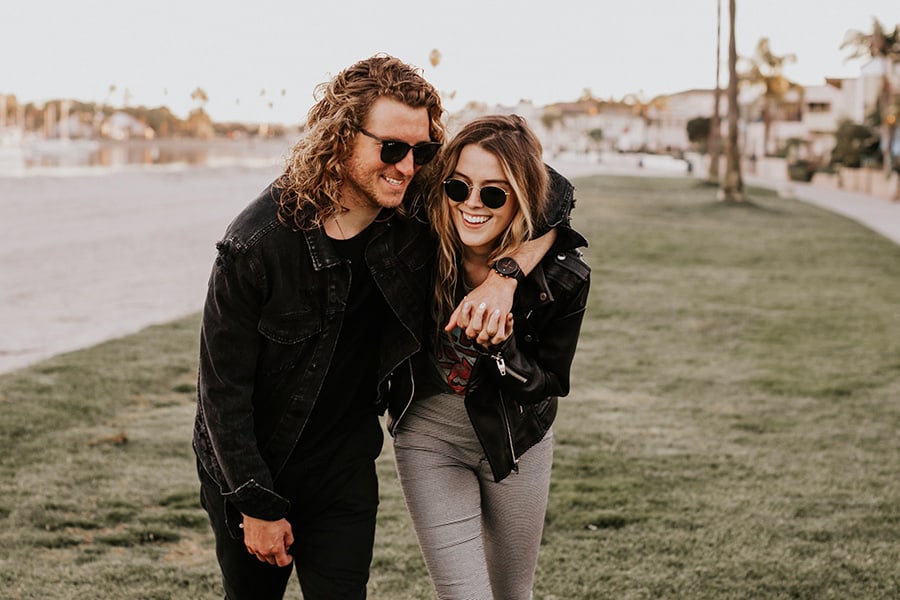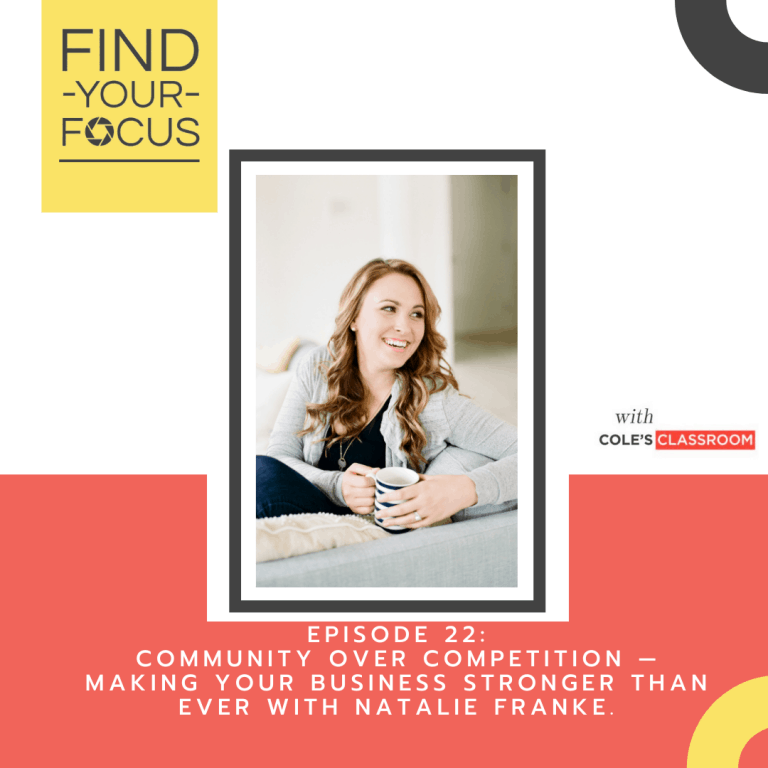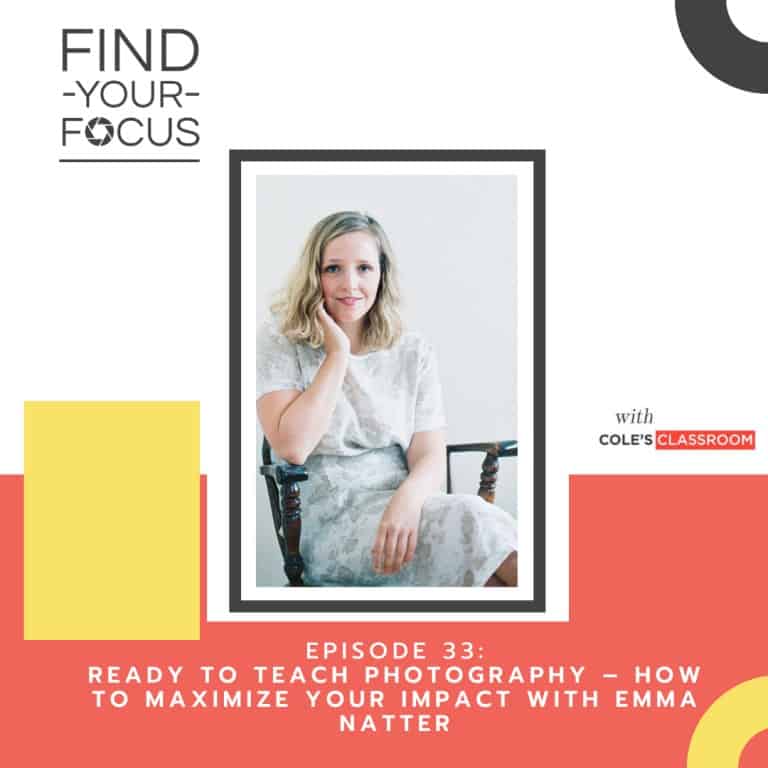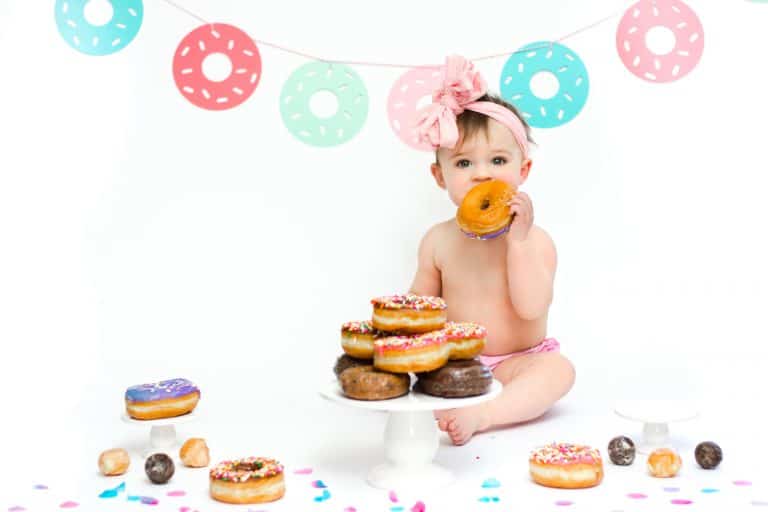People can recognize the best photography. The most legendary photographers have a certain panache to their work that composes their identity; they have a brand. Stylistic photography elevates work from photos to art.
As beginners, many of us snap photos of whatever has an exciting look, unconcerned with continuity between our shoots. However, once you start styling your photography, you will see tremendous success and find the best satisfaction with each photo set.
What Is a Photography Style?
To define a style for photography, we must first define a photography type.
Types of photography include wedding, event, product, portrait, abstract, nature, fine art, architectural, wildlife, photojournalism, scientific, aerial, etc.
Once you have experimented with type, you might choose a style within it. For example, portrait photography includes self-portraiture, conceptual, and fashion. Wedding photos range from portraits to landscapes to food.
Style doesn’t end at the genre: it includes composition, coloring, subjects, lenses, lighting, angles, and editing.
What Are Some Styles of Photography?
Let’s discuss Neil Krug’s photography style.
Neil’s work typically falls into the portrait category. However, he employs a soft-focus, warm colors, sun-bleached contrast, vintage styling, layering, and natural landscapes to add creativity and depth to his photos.
His aesthetic is instantly recognizable, between the West Coast look and repeated subjects (Lana Del Rey, Zella Day, and Tame Impala come to mind).
Another influential photographer is Annie Liebovitz. She works with portrait and fashion photography types.
Photo by Robert Scoble licensed under CC BY 2.0
Her portraits are mainly black and white or low contrast and close up. You see bluntness and starkness in the photos. They are not overly flattering of the model and instead show people for who they are.
Annie’s fashion photography takes a more whimsical approach with flowing gowns, brilliant colors, and flowery props and backgrounds. She manipulates some for a fairytale effect.
While her portrait and fashion photos are unique from one another, you can tell they are her work.
Find Your Photographer Style
To discover your style, you need to be introspective. Start with a writing session about your inspirations. Sit down for 15 to 30 minutes and write whatever comes to mind.
After you have written all you feel you can, analyze the text for themes. Begin asking important questions and answer them honestly.
Questions to Ask
Do not hold back when answering these questions, even if the answer seems unpleasant. Be honest with yourself to unlock your creative potential.
- What are your goals with photography?
- What clients would you like?
- What do you love and hate about photography? Why?
- Who are your favorite photographers, and why?
- What are your favorite things to photograph?
These questions seem simple, but you must reach within as far as possible to answer them. Only then can you understand your style and focus on a common theme.
Things to Explore
Once you have a type in mind, it is important to explore various aspects of the photo itself.
Composition
Look into streamlining your composition. All images branded as yours should follow specific imagery guidelines.
Maybe you want your photos to be candid, have wildlife in the background, or have the same viewpoint.
The composition should help the viewer see a purpose behind the images.
The composition includes unity, harmony, movement, balance, pattern, focus, geometry, proportion, and viewpoint. Having standards for each principle is an important part of developing a photography style.

Processing Methods
Experiment with editing software. Between Adobe Lightroom, GIMP, Elements, and Affinity, there seems to be a nearly endless software supply.
Try out some presets to see what editing scheme fits your work best. You can make some adjustments to find what you like most.
Mess around with cropping, straightening, exposure, grain, saturation, contrast, and warmth. Continue until you find a look that fits your artistic vision.
Content
Choose content for your images that fits your brand. If you want to seem business-minded, take photos of studious, hardworking individuals with stern faces and office settings. Keep the coloring stark and bright, but neutral.
For a laid-back brand, choose content that revolves around wildlife, soft and warm colors, relaxed expressions, and candids.
Look at company or photographer galleries for ideas of what sort of content is associated with your ideals.
Lighting
Different types of lighting significantly impact your work. Bright lighting adds joy, clarity, professionalism, and purity. Darkness adds intriguing shadows and mystery. Find what speaks to you and run with it.
Experiment with light sources to determine which is uncomplicated to work with and creates your desired results.
A reflector disc will help you work with natural light to improve your subject. If you can’t work with natural light, you can try mounting a speed-light on your camera and bouncing the flash at 45-degree angles when shooting indoors. Maybe you can try studio strobes or remote transmitters if they lie within your budget.
Color and Tone
Color is transformative in photography. First, choose between warm and cool palettes. Then, pastel, neutral, or vibrant shades. Different colors evoke different emotions, so figure out the goal of your images.
Then, check the tone. The tone needs to make your viewer feel something. Bright, clear images with unfocused backgrounds and foregrounds create calm. Relaxation comes from minimalism, neutral tones, and warmth. Lastly, vibrant colors, sharp focus, and contrast invoke joy and excitement surrounding the subject.
Seek Your Muse
There is a fine line between inspiration and imitation, and it is imperative never to cross it.
Incorporate a few aspects from other people’s work within your own, but refrain from copying them entirely. Avoid using more than one element from the same photographer’s images. Maybe you like their use of color, unique lighting, or particular processing. Experiment with it, but avoid relying on others’ photography portfolios.
To find your muse, take images of everything you see that speaks to you. It could be shoes on a tree, a wilting flower, or your neighbor playing with her cat. Afterward, search for underlying themes between these images
Another important benefit of doing this is that you will develop your photography skills in the process.
Show Off People
Some of the most potent images contain humans. People know people, and they can recognize how others feel in photography.
Photo by D. Sinclair Terrasidius licensed under CC BY 2.0
Whatever the people in your picture feel, onlookers will feel that way too.
For example, sports photographers capture their subjects in a state of determination, strength, and power. These images depict the athletes as intense and passionate people with physical capabilities beyond comprehension.
Share Your Truth
Your style should revolve around a message. Maybe you are interested in photojournalism. If so, your work should feature timely and newsworthy elements rather than a run-of-the-mill photo of a coffee cup. Unless, of course, you are telling an important story about that coffee cup.
If all of your photography revolves around one message, you add an air of trustworthiness to your portfolio.
Start a Website
Starting a website will help you share your gallery and promote yourself.
Having a webpage layout that resembles your style adds credibility to your name and establishes an image.
Try going with a minimalistic theme to showcase your images. Consider:
- Horizontal or vertical scrolling
- Font
- Photo layout
- Logo
- Color palette
Once you have figured these things out, use a website builder like WordPress or Wix to develop a beautiful site quickly.
Take Small Steps
Don’t worry if you don’t have a brand as a beginner. It can take years to cultivate an image. The most important part is starting. Experiment with photos, equipment, composition, color, and editing to see what feels the most authentic.
How to Write a Photography Style Guide
Say you have fully developed your style, and you want to write a style guide so others can take inspiration from your portfolio.
Start your styling guide with how you find inspiration, then touch on the goals of your photography. Include a discussion of your composition, coloring, tone, content, lighting, editing software, and equipment to share your techniques.







